
- The Architectural Marvel of the Sagrada Familia: A Deep Dive into Gaudí's Design
- History of the Sagrada Familia: From Construction Beginnings to UNESCO Recognition
- Exploring the Symbolism in the Sagrada Familia: Colors, Shapes, and Gaudí's Vision
- Visiting the Sagrada Familia: Tips for Tourists to Experience Gaudí's Masterpiece
- The Significance of the Sagrada Familia in Barcelona's Cultural Landscape
- Gaudí's Innovative Techniques: How the Sagrada Familia Redefined Architecture
The Sagrada Familia is not just a church; it's a masterpiece that reflects the genius of Antoni Gaudí. Nestled in the heart of Barcelona, this iconic basilica combines intricate designs with profound spiritual symbolism, making it a must-visit for travelers and art enthusiasts alike.
As one of the most recognizable landmarks in Spain, **Sagrada Familia in Barcelona 🏰: Gaudí's UNESCO Basilica** stands as a testament to Gaudí's innovative vision and dedication to his craft. With its breathtaking facades and towering spires, it continues to inspire millions of visitors each year, all while remaining a work in progress since its inception in 1882.
The Architectural Marvel of the Sagrada Familia: A Deep Dive into Gaudí's Design
The Sagrada Familia is a stunning example of modernist architecture, where Antoni Gaudí's unique vision is brought to life through its intricate details and organic forms. The basilica's design is heavily inspired by nature, with elements mimicking trees, flowers, and other natural shapes. This approach not only enhances its aesthetic appeal but also reflects Gaudí's belief in the spiritual connection between architecture and the natural world.
One of the standout features of the Sagrada Familia is its innovative structural engineering. Gaudí employed advanced techniques for his time, including the use of hyperboloid structures and catenary arches, which allow for both strength and beauty. The basilica's facades—each telling a distinct story—are adorned with intricate sculptures, and the play of light through its stained glass windows creates a mesmerizing atmosphere within.
Additionally, the Sagrada Familia embodies Gaudí's deep commitment to symbolism. Each aspect of the design represents elements of Christianity, from the Nativity Facade depicting Christ’s birth to the Passion Facade illustrating his crucifixion. This thoughtful integration of religious themes serves to engage visitors on a spiritual level, enriching their experience as they explore the basilica.
- Construction Started: 1882
- Projected Completion: 2026
- Height of Towers: 172.5 meters
- Total Facades: 3 major facades (Nativity, Passion, Glory)
History of the Sagrada Familia: From Construction Beginnings to UNESCO Recognition
The history of the Sagrada Familia is as rich and complex as its architectural design. Construction began in 1882 under the vision of architect Francisco de Paula del Villar, but the project took a significant turn when Antoni Gaudí took over in 1883. His innovative ideas transformed the basilica into a unique fusion of Gothic and Art Nouveau styles, marking the beginning of a new era in its construction.
Throughout the years, the Sagrada Familia has faced numerous challenges, including funding issues and the Spanish Civil War, which halted progress for several years. Despite these obstacles, Gaudí's dedication to the project never wavered. He famously stated, "My client is not in a hurry," referring to God, highlighting his commitment to the basilica's divine purpose and intricate details.
In 2005, the Sagrada Familia was designated a UNESCO World Heritage Site, acknowledging its outstanding universal value. This recognition helped to secure funding and support for the ongoing construction, which aims for completion in 2026, marking the centenary of Gaudí's death. The basilica stands as a symbol of Barcelona's cultural heritage and a testament to Gaudí's genius.
Today, the Sagrada Familia continues to attract millions of visitors from around the world, allowing them to witness the evolution of this architectural masterpiece firsthand. Its combination of artistic beauty and religious significance ensures that it remains a vital part of Barcelona's identity and history.
Exploring the Symbolism in the Sagrada Familia: Colors, Shapes, and Gaudí's Vision
The Sagrada Familia is a treasure trove of symbolism, brilliantly woven into its architectural elements. Antoni Gaudí utilized colors and shapes to convey spiritual messages, making each aspect of the basilica resonate with deeper meanings. The use of vibrant stained glass windows infuses the interior with an ethereal light, symbolizing divine presence and enlightenment. This approach encourages visitors to reflect on the intersection of faith and artistry.
Shapes play a crucial role in Gaudí's vision for the Sagrada Familia. He drew inspiration from natural forms, which can be seen in:
- Column Designs: Resembling trees, they create an organic atmosphere.
- Curvilinear Facades: Mimicking the flow of water, they symbolize life and movement.
- Spire Shapes: Representing the heavenly ascent, they reach toward the sky.
Colors in the Sagrada Familia are not merely decorative; they serve a significant purpose in enhancing the spiritual experience. During different times of the day, the sunlight filtering through the stained glass creates a spectrum of hues that transform the space, reflecting the changing moods of spirituality. Gaudí believed that light was a divine element, and its interplay with color enriches the visitor's experience.
Ultimately, the Sagrada Familia encapsulates Gaudí's profound vision of merging architecture with nature and faith. This unique blend establishes the basilica as a living testament to his artistic genius, encouraging exploration and contemplation. Each visit offers a new perspective, revealing layers of meaning that reflect both individual and collective spiritual journeys.
Visiting the Sagrada Familia: Tips for Tourists to Experience Gaudí's Masterpiece
Visiting the Sagrada Familia can be an awe-inspiring experience, but planning ahead is crucial for making the most of your trip. To avoid long lines, consider purchasing your tickets online in advance. This not only saves time but also ensures you can choose the time slot that best fits your schedule. Additionally, visiting early in the morning or later in the afternoon can provide a quieter atmosphere, allowing for a more contemplative experience.
Once inside, take your time to explore the various aspects of this architectural marvel. Don't miss the chance to join a guided tour, as knowledgeable guides can offer fascinating insights into Gaudí's vision and the basilica's intricate details. Audio guides are also available, providing a great alternative for those who prefer exploring at their own pace while still gaining a deeper understanding of the basilica's significance.
Be sure to look up and appreciate the stunning stained glass windows that fill the interior with vibrant colors, especially during midday when the sunlight is at its peak. For a truly unique perspective, consider climbing one of the towers for panoramic views of Barcelona. However, be prepared for a steep ascent, as the stairs can be narrow and winding. Remember to check the weather, as visibility can greatly enhance your experience from the heights.
Lastly, allow time to reflect in the surrounding park areas. The Sagrada Familia is set amid beautiful gardens that provide a peaceful escape from the bustling city. Capture some photographs, relax, and consider the spiritual journey that the basilica represents. With thoughtful planning and openness to the experience, visiting the Sagrada Familia can become a memorable highlight of your time in Barcelona.
The Significance of the Sagrada Familia in Barcelona's Cultural Landscape
The Sagrada Familia holds a pivotal role in Barcelona's cultural landscape, serving as a beacon of architectural innovation and artistic expression. Its unique blend of Gothic and Art Nouveau styles, crafted by the visionary Antoni Gaudí, not only enhances the city’s skyline but also embodies the spirit of Catalonia. The basilica stands as a symbol of local identity, representing a commitment to cultural heritage that resonates deeply with both residents and visitors.
This iconic structure is more than just an architectural feat; it is a gathering place for people from diverse backgrounds, fostering a sense of community. The Sagrada Familia attracts millions of tourists annually, making it one of the most visited monuments in Spain. Its ongoing construction serves as a reminder of the city's dedication to preserving Gaudí's legacy while also contributing to contemporary discussions on architecture and sustainability.
Moreover, the Sagrada Familia is a significant spiritual hub that transcends its physical presence. It offers a space for reflection and connection, drawing visitors who seek solace and inspiration. The basilica's intricate designs and profound symbolism invite individuals to explore deeper meanings, making it a canvas for both artistic appreciation and spiritual contemplation. This duality enhances its importance in Barcelona's cultural narrative.
Ultimately, the Sagrada Familia embodies the harmonious coexistence of art, faith, and community. Its significance in Barcelona's cultural landscape lies not only in its breathtaking architecture but also in its ability to unite people under a shared appreciation for beauty and innovation. As a UNESCO World Heritage Site, it continues to inspire future generations while standing as a testament to Gaudí's enduring influence on both art and society.
Gaudí's Innovative Techniques: How the Sagrada Familia Redefined Architecture
Antoni Gaudí's innovative techniques revolutionized architecture, especially evident in the design of the Sagrada Familia. By incorporating natural forms and unconventional materials, he created a structure that defies traditional architectural norms. His use of hyperboloid structures and catenary arches enabled the basilica to achieve both structural integrity and aesthetic beauty, showcasing a harmony between form and function.
One of Gaudí's remarkable contributions is the integration of light and shadow within the basilica. The carefully designed stained glass windows filter sunlight in a way that imbues the interior with dynamic colors throughout the day. This interplay not only enhances the visual experience but also deepens the spiritual atmosphere, inviting visitors to reflect on their surroundings. The architectural strategies employed here include:
- Strategic window placements for optimal light diffusion.
- Curvilinear forms that guide light across surfaces.
- Open spaces that allow for natural illumination.
Furthermore, Gaudí's fascination with geometry is evident in the intricate designs found throughout the Sagrada Familia. He applied a variety of geometric principles, including fractal patterns and organic shapes, which contribute to the basilica's unique aesthetic. This innovative approach redefined architectural possibilities, blending mathematics with artistry. By utilizing these techniques, Gaudí not only advanced the field of architecture but also created an enduring symbol of spiritual and cultural significance.
Ultimately, the Sagrada Familia stands as a testament to Gaudí's visionary approach. His ability to intertwine nature, light, and geometry has transformed the landscape of modern architecture, influencing countless architects and designers around the world. As an ongoing masterpiece, the basilica continues to inspire awe and admiration, showcasing the potential of human creativity when guided by a profound vision.
En este sentido, te invitamos a ver el siguiente video que explora en profundidad la majestuosa Sagrada Familia en Barcelona y la obra maestra de Gaudí reconocida por la UNESCO.

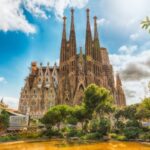 From the Majestic Sagrada Familia to the Exotic Barcelona Zoo: A Perfect Day of Adventure in Barcelona
From the Majestic Sagrada Familia to the Exotic Barcelona Zoo: A Perfect Day of Adventure in Barcelona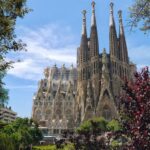 The Fascinating Facts about Barcelona's Iconic Landmark: La Sagrada Familia
The Fascinating Facts about Barcelona's Iconic Landmark: La Sagrada Familia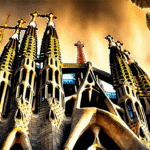 The Sagrada Familia in Barcelona: Unveiling Its Finished Date
The Sagrada Familia in Barcelona: Unveiling Its Finished Date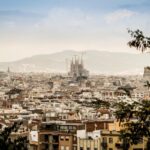 The Enchanting Story, Design, and Wonders of La Sagrada Familia: An Iconic Masterpiece in Barcelona
The Enchanting Story, Design, and Wonders of La Sagrada Familia: An Iconic Masterpiece in BarcelonaIf you want to know other articles similar to Sagrada Familia in Barcelona 🏰: Gaudí's UNESCO Basilica you can visit the category WHERE YOU CAN GO.
Deja una respuesta

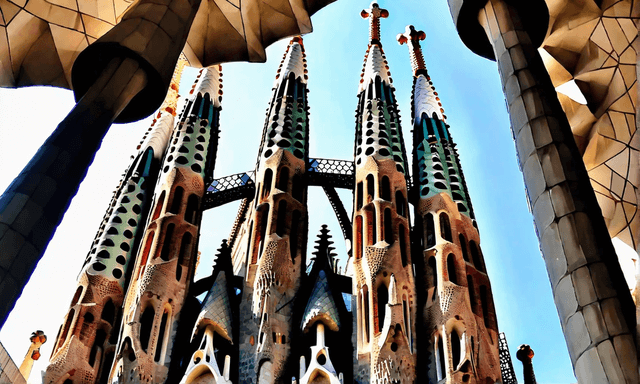
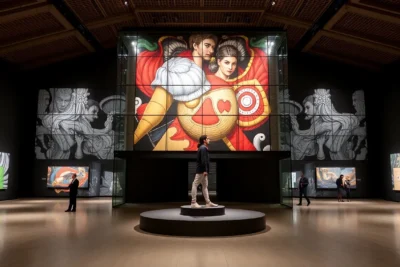
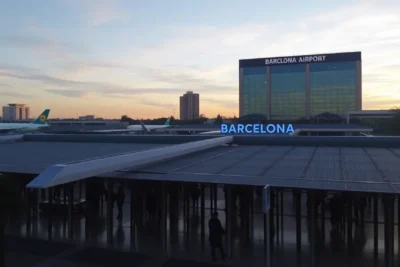
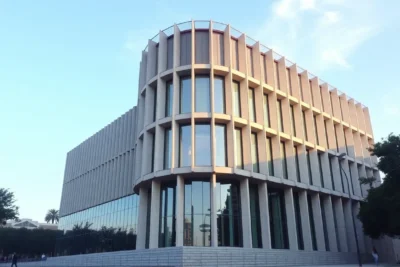
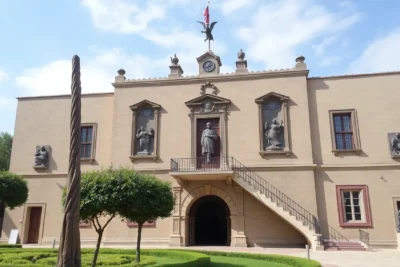
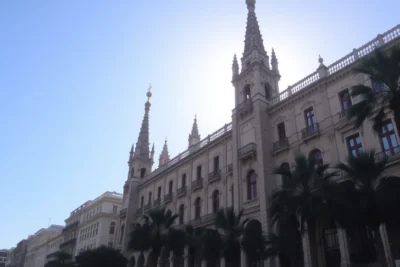
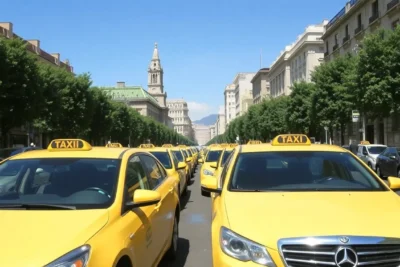
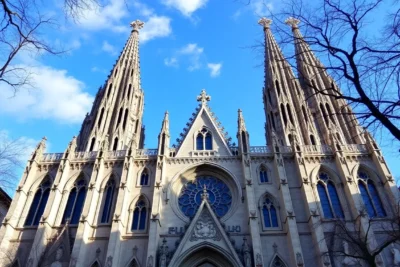
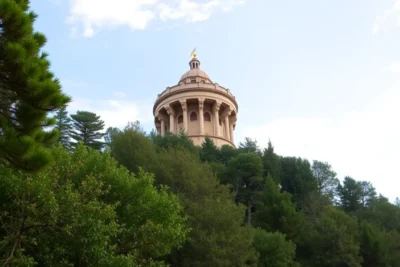
Read more!